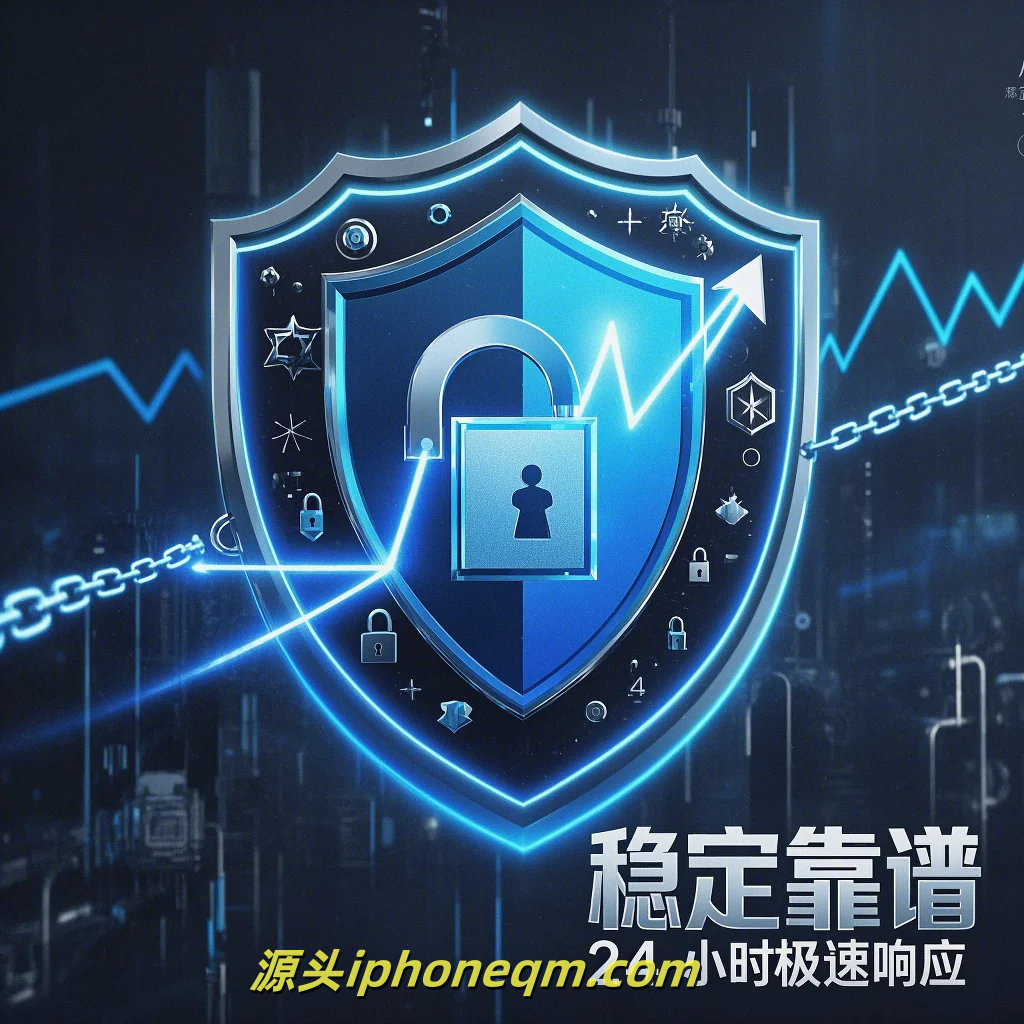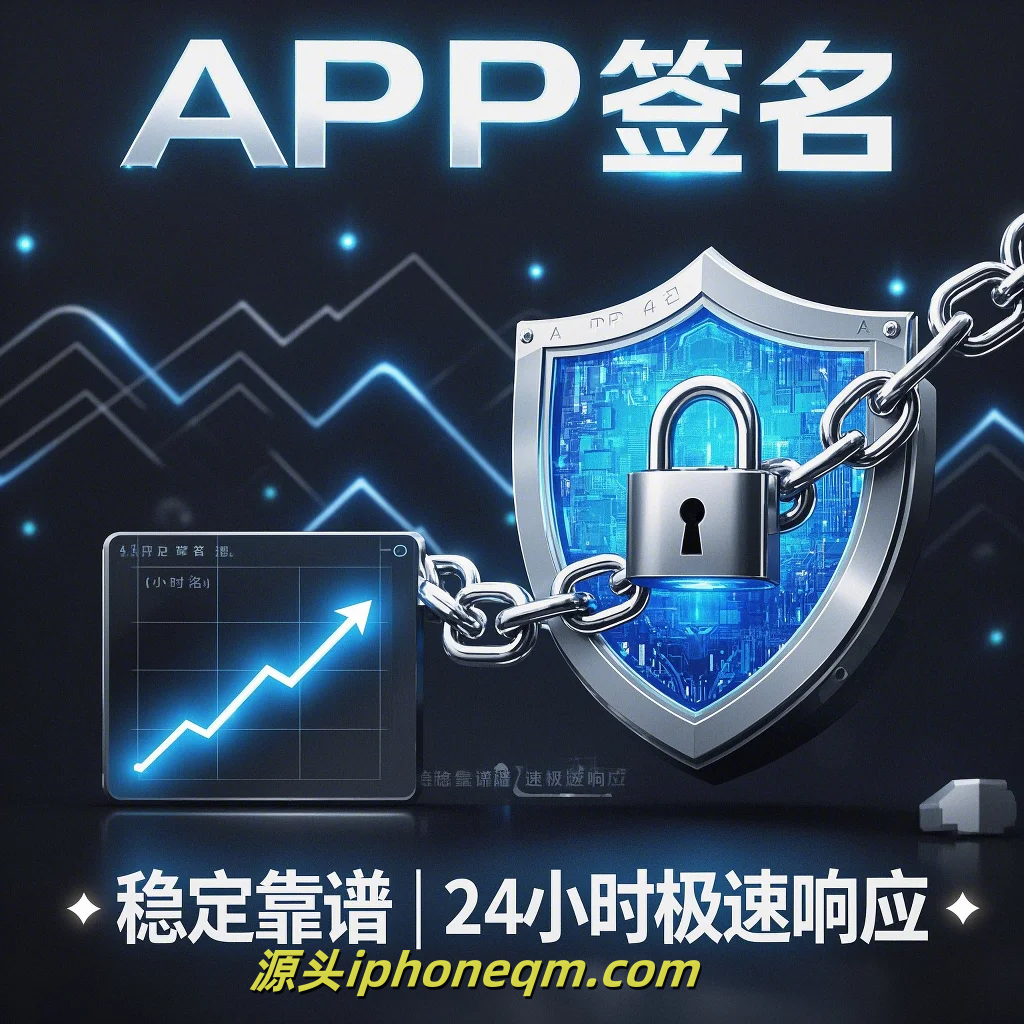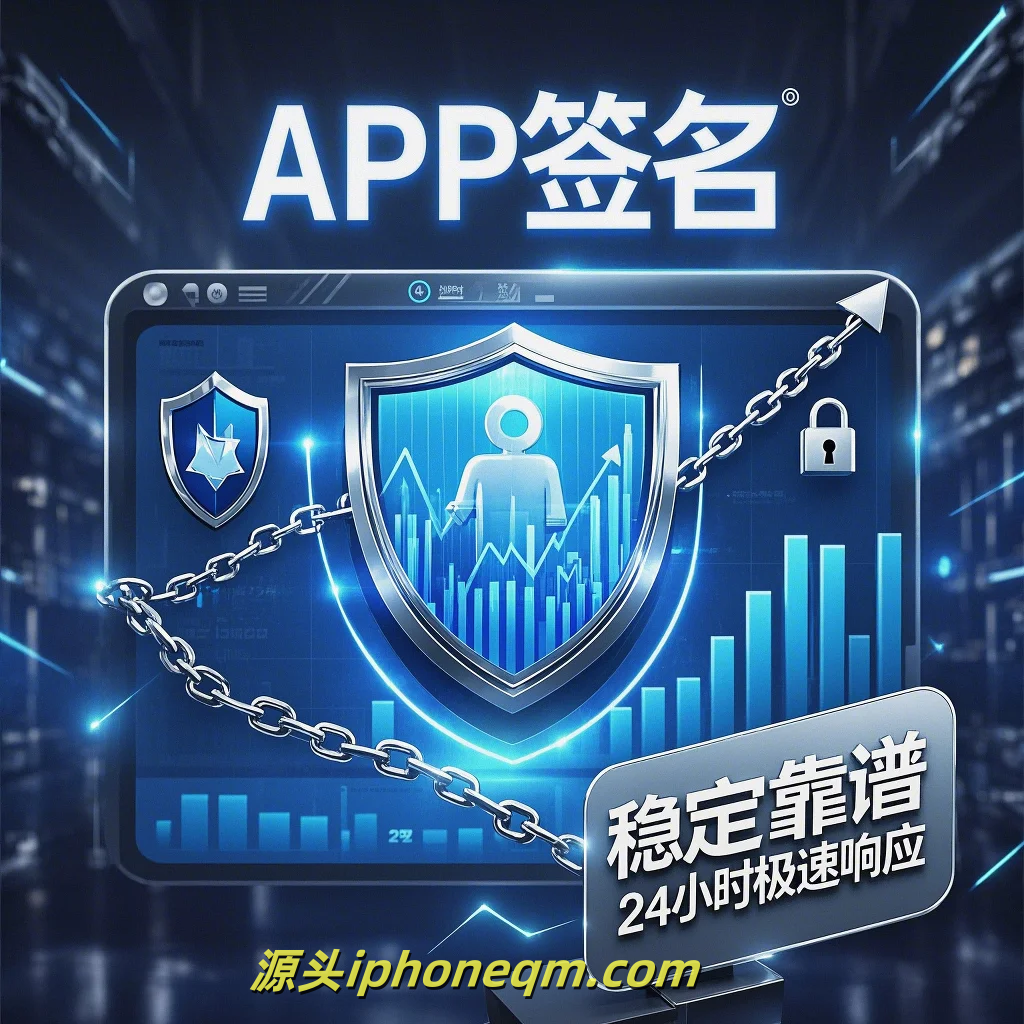Enhancing Your App with Proper iOS Signature Strategies
In the rapidly evolving world of mobile applications, ensuring the security, integrity, and trustworthiness of your app is paramount. This is where proper iOS signature strategies come into play. As developers, understanding and implementing effective app signing processes can significantly enhance user experience and safeguard your application from malicious activities.
First and foremost, let's delve into what app signing is. When you submit an iOS app to the App Store, it undergoes a signing process where the app is verified using a digital signature. This involves validating the identity of the developer and ensuring that the app has not been tampered with since it was signed. Apple uses certificates, provisioning profiles, and entitlements to manage this process. The importance of this process cannot be understated; it establishes trust between users and developers.
One effective strategy for enhancing your app’s security is to regularly update your certificates. Apple requires developers to renew their certificates periodically. Neglecting this can lead to expired certificates, which could prevent users from downloading or updating your app. By proactively managing your certificates and transitioning to newer ones before they expire, you help maintain continuous access to your app and cultivate trust.
Another strategy involves utilizing App Transport Security (ATS). Introduced by Apple, ATS enforces secure connections between your app and web services. By default, ATS mandates HTTPS connections, which means that your app communicates securely, protecting user data during transmission. Implementing ATS not only secures your app but also aligns with Apple's commitment to user privacy and security.

Moreover, consider implementing code obfuscation techniques. While app signing primarily relates to the verification process, protecting your code from reverse engineering is equally important. Tools that obfuscate your code can help shield sensitive information and maintain proprietary algorithms. This not only enhances security but also keeps your intellectual property safe from competitors.
Integrating backup signing strategies is another proactive approach. In case a certificate gets revoked or compromised, having backup certificates and keys can save you from potential chaos. Always store this sensitive information securely, possibly using a password manager or an encrypted drive, to prevent unauthorized access.
User education plays a crucial role in your app's security as well. Make sure users are informed about the importance of downloading apps only from trusted sources like the App Store. Provide them with clear instructions on how they can identify if an app has been tampered with or if it’s authentic. Empowering your users is an often-overlooked aspect of security that can drastically reduce risk.
Finally, continuously monitor and audit your app’s performance and signing process to detect any anomalies. Utilize analytics to track app downloads and updates. If a significant drop occurs in these metrics, it could signal an issue with app signing or a security breach that needs immediate attention.
In conclusion, enhancing your app with proper iOS signature strategies is vital in today's digital landscape. By proactively managing certificates, utilizing secure connections, and protecting your code, you create a robust foundation for your application. Coupled with user education and diligent monitoring, these approaches will not only secure your app but also foster a trustworthy relationship with your users. In the end, a secure app leads to satisfied users, which is the ultimate goal of any developer.
扫描二维码推送至手机访问。
版权声明:本文由MDM苹果签名,IPA签名,苹果企业签名,苹果超级签,ios企业签名,iphoneqm.com发布,如需转载请注明出处。












